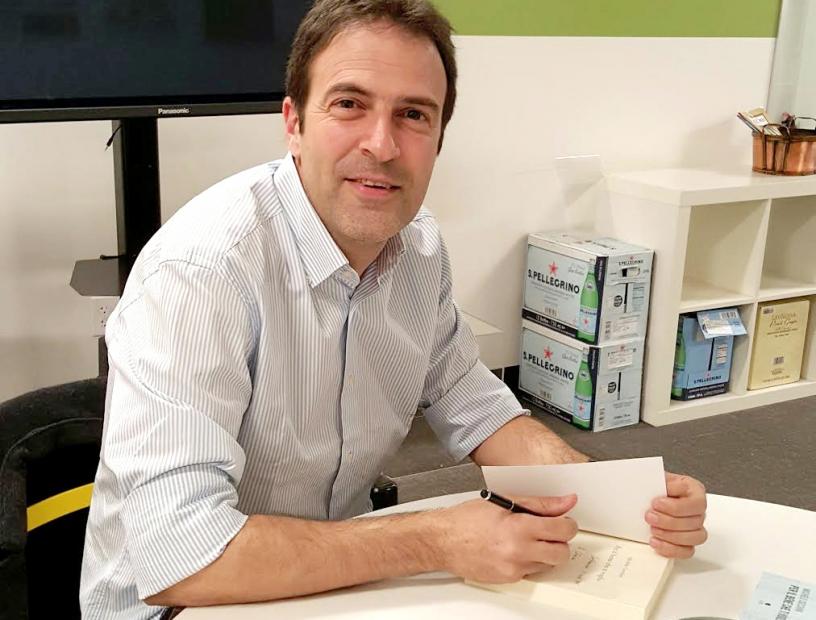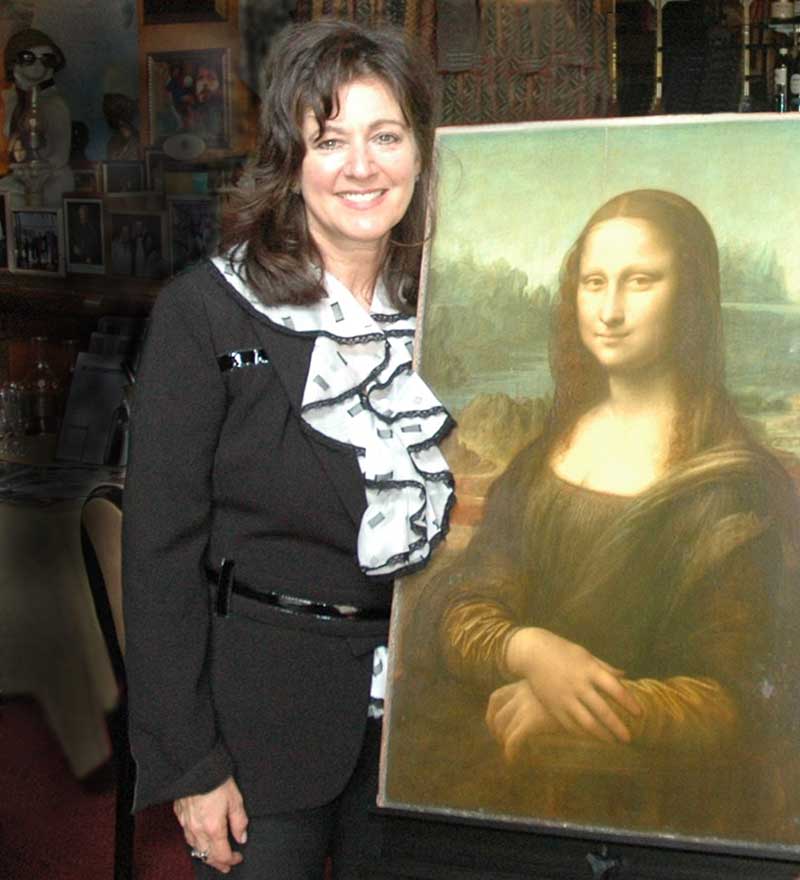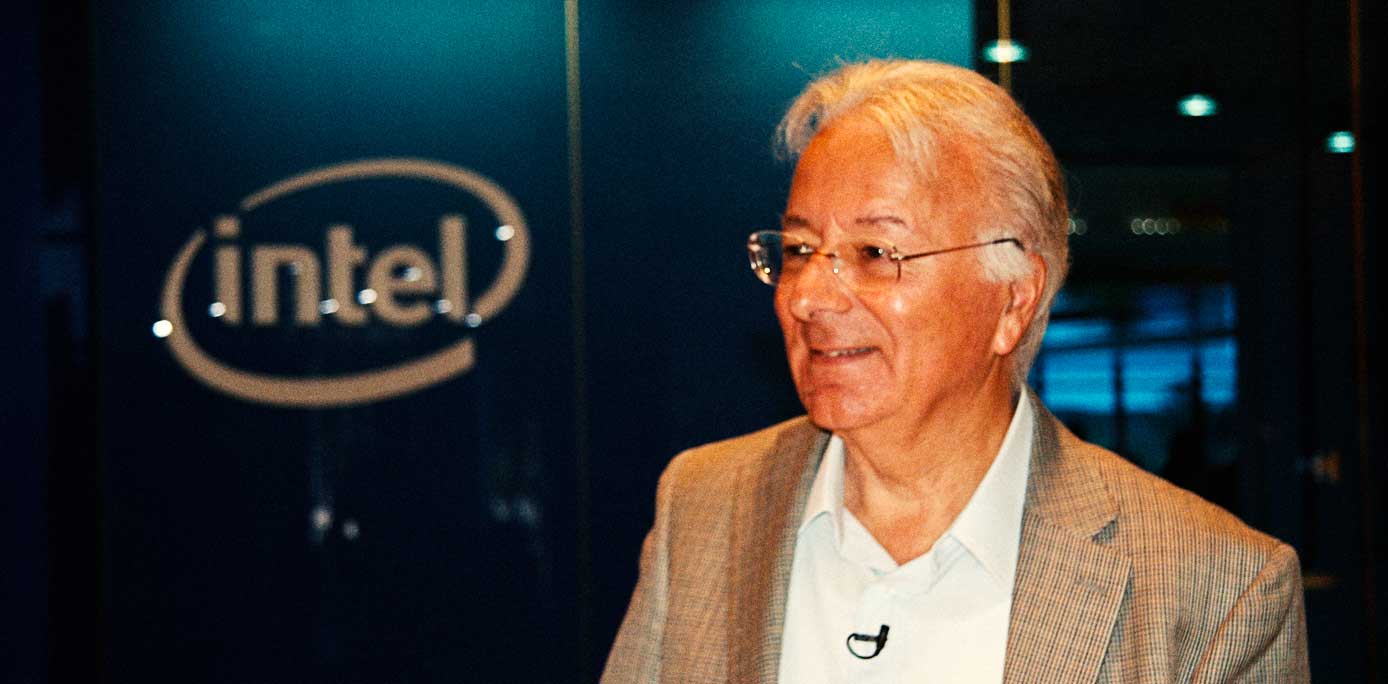The Italian Cultural Institute of San Francisco recently welcomed Italian author Michele Cecchini who presented his acclaimed novel, “Per Il Bene Chi Ti Voglio” to a Bay Area audience. The novel, now in its fourth printing, speaks of the bittersweet experiences of the protagonist, Antonio Bevilacqua, as he emigrates from Lucca, Italy to San Francisco. Antonio’s journey explores the search for “his America”.
This year, 2016, was Michele’s second visit to San Francisco, the first being when he visited relatives in 1989. When L’Italo-Americano spoke with Michele during his recent visit, he was quick to say “Please don’t be shy to correct my macaroni-grammar.” This refers to “Italiese”, a hybrid of English and Italian as spoken by some Italian immigrants to the United States. In San Francisco, this is often referred to as “North Beach Italian”, still spoken in the City’s original Italian quarter, Little Italy.
What was the inspiration for and the idea behind your second novel?
My grandfather Umberto landed at Ellis Island in 1923 and he was one of those who ended up ‘to pick and shovel’. My family members moved to San Francisco. They say there are much more people from Lucca in San Francisco than in Lucca itself. The novel is dedicated to this first generation of emigrants, to their courage, their resourcefulness and their chutzpah.
Tell us about the novel’s main character.
The protagonist of my book, Antonio Bevilacqua, is an immigrant but he departs from the usual cliché of the immigrant. He moved to the United States not for economic reasons but for artistic reasons. He tries to succeed as an actor in the Off-Broadway theater circuit in San Francisco. I wanted to shy away from the cliché of the poor immigrant with a cardboard suitcase, of which so much has already been said and written. For example in the cinema, let’s not think only of great personalities like Rodolfo Valentino, but also of the many humble and little-known laborers. One example is Vincent Pelliccione, from Abruzzo, who was the stunt man in many of Charlie Chaplin’s masterpieces.
You describe Italian immigrants as being in “limbo”. Please explain.
The first generation of Italians who emigrated were destined to remain in the middle, in a land that is a kind of limbo. Some were able to integrate immediately, many were sent back while others were able to reconstruct the original cultural core overseas. My protagonist is isolated because he has to deal with America, the real America. He needs America and he pays the consequences, in terms of lack of acceptance and rejection. Let’s think about the term “Dago” which was used by the Americans to indicate Italians. It derives from Digger, or Dingo, or from “they go” or from “until the day goes”, because the Italians are hired only for a day, day by day. Some immigrants remained in limbo, they are “no more” and at the same time “not yet”. The hybridity of my character is evident from the name, Antonio Bevilacqua. In America he decides to be Tony Drinkwater (the translation of the name). The name change is a symbol, a sign of the effort to be integrated.
Tell us more about “Italiese”.
The Italiese language is one of the symbols of the “middle ground”, of the “no man’s land” in which they lived as the first generation of immigrants, who were no longer Italian and not even American. They are in a middle land, so they speak ‘Italiese’, an awkward mixture of Italian and English that someone defined “language of survival”. They did not say “work”, but “giobbo” (from job), not “street” but “stritta” (street). At the end of the novel I put a small vocabulary ‘Italiese-Italian’. I want to preserve this heritage which I think is very poetic because it tells the desperate effort to become integrated.
Why did you choose San Francisco as the setting for your novel?
The American side of the book is set in San Francisco, described as a Mediterranean city. There is an undeniable relationship between Livorno and the U.S. historically, but also from the similarities that Livorno has with San Francisco: they are both located near an island that has a prison, they both have a port and (former) military bases, a funicular and cable car.
“Per Il Bene Che Ti Voglio” has been described as the Italian-American story, a story that Michele has dedicated to the courage of our Italian immigrant pioneers as they dealt with the decades-old and still quite current dilemma of immigration, integration and assimilation.































